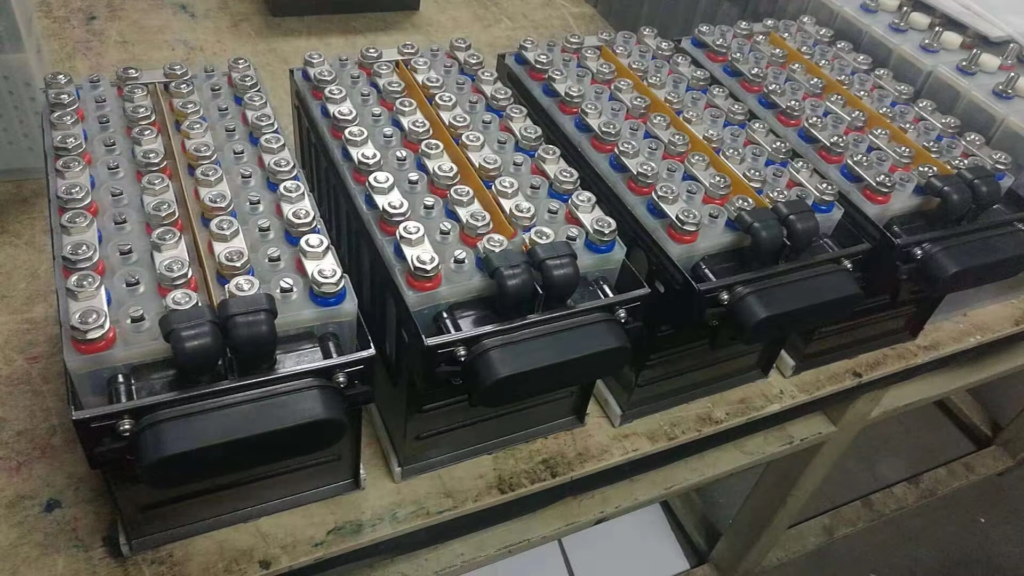Nickel-cadmium (Ni-Cd) batteries have long been a staple in aviation and aerospace applications due to their reliability under extreme conditions. Unlike lithium-ion batteries, which are sensitive to temperature fluctuations, Ni-Cd batteries perform consistently in both freezing and high-temperature environments, making them ideal for aircraft.
One of the key advantages of Ni-Cd batteries in aviation is their ability to deliver high surge currents, which is critical for starting aircraft engines. Additionally, they have a long cycle life—often exceeding 2,000 charge-discharge cycles—making them cost-effective over time despite their higher initial cost compared to lead-acid batteries.
However, Ni-Cd batteries are not without drawbacks. Their memory effect, though often overstated, can reduce capacity if not properly maintained. Moreover, environmental concerns over cadmium toxicity have led to stricter regulations, pushing some manufacturers to explore alternatives like lithium-ion or nickel-metal hydride (NiMH) batteries.
Despite these challenges, Ni-Cd batteries remain indispensable in aviation, particularly in military and commercial aircraft where reliability is non-negotiable.


